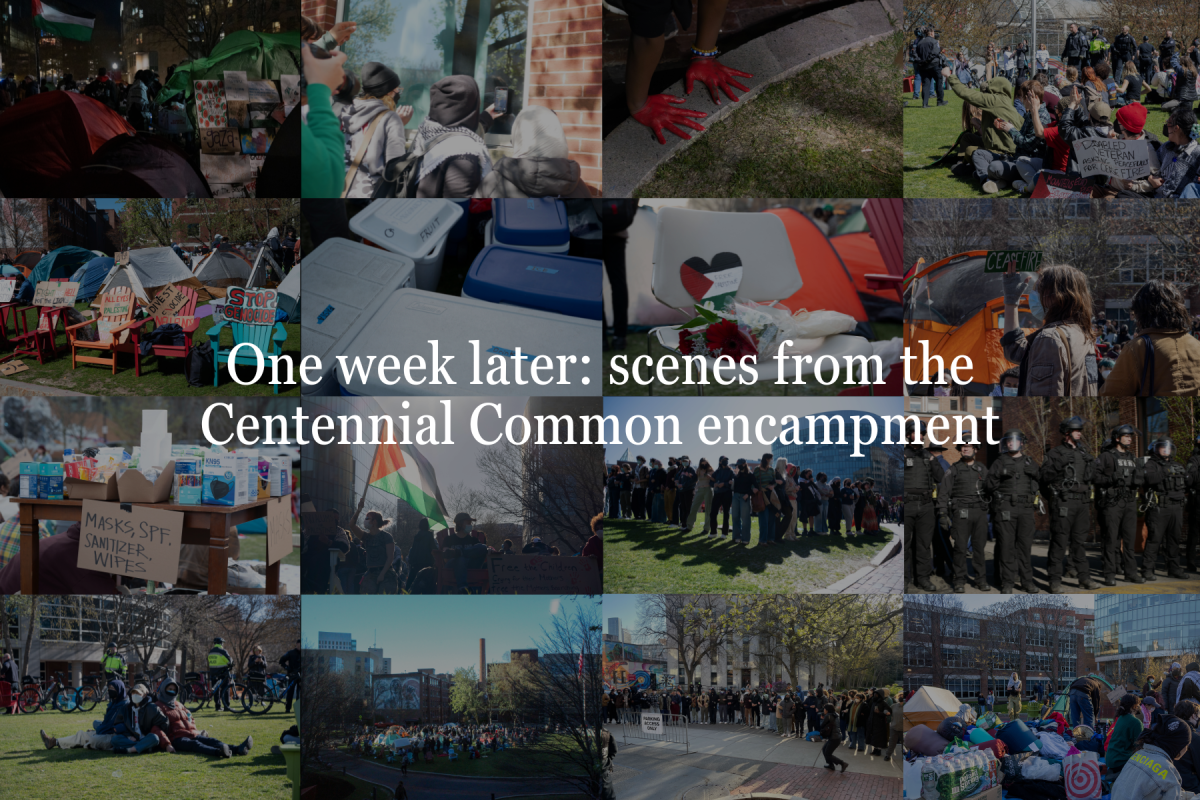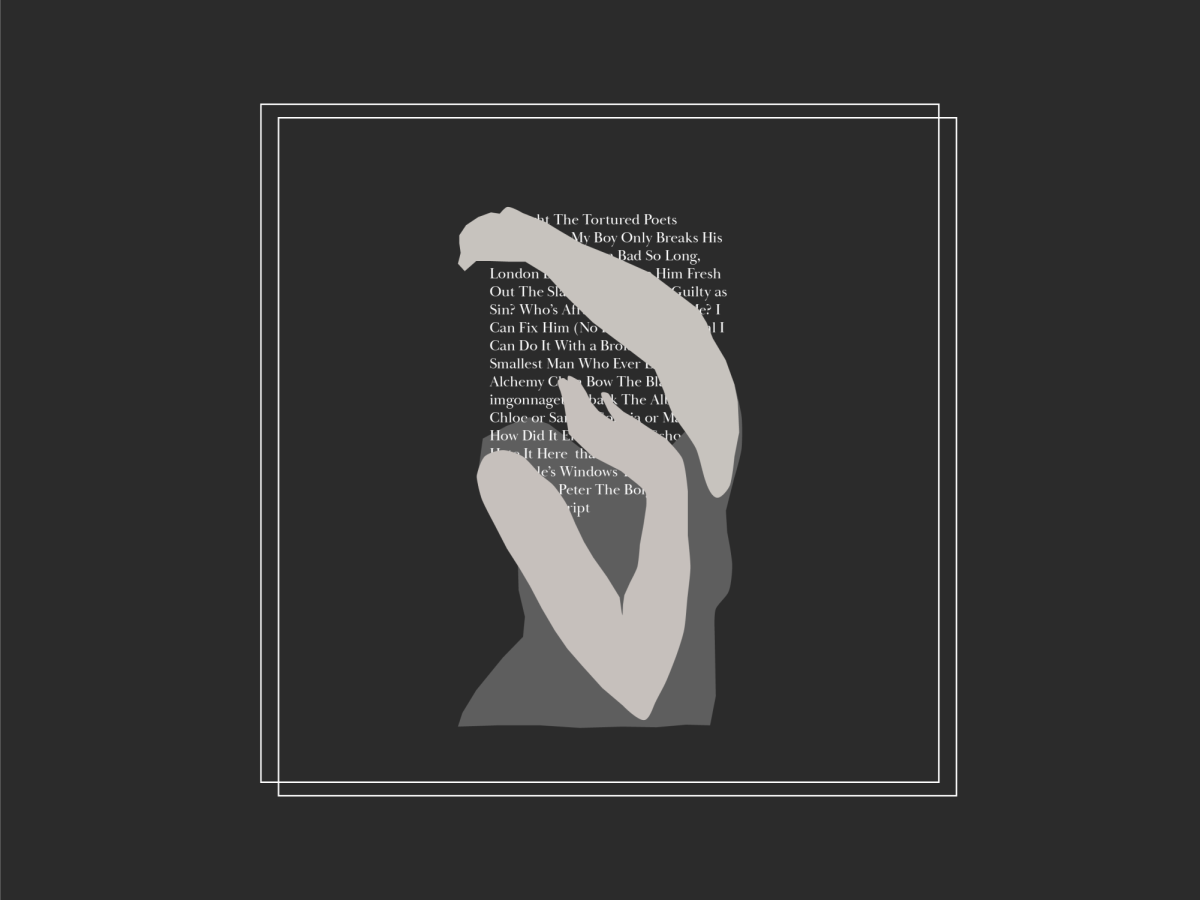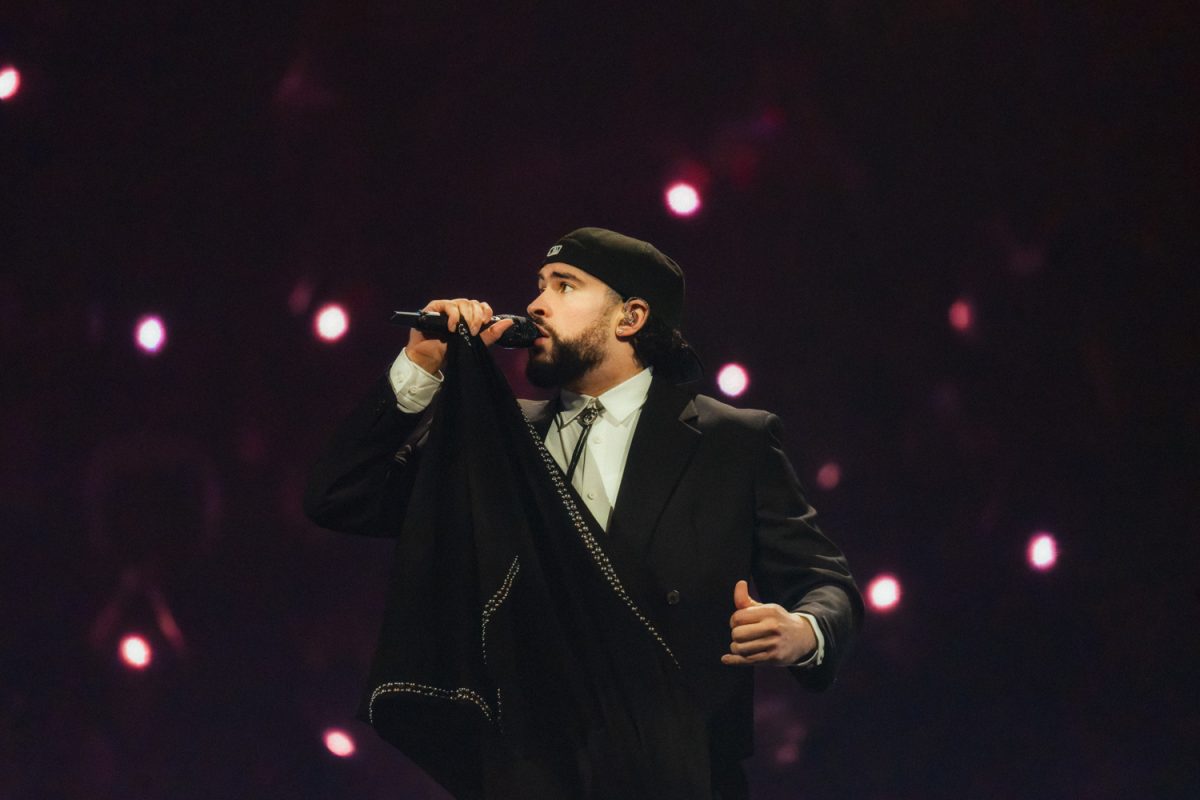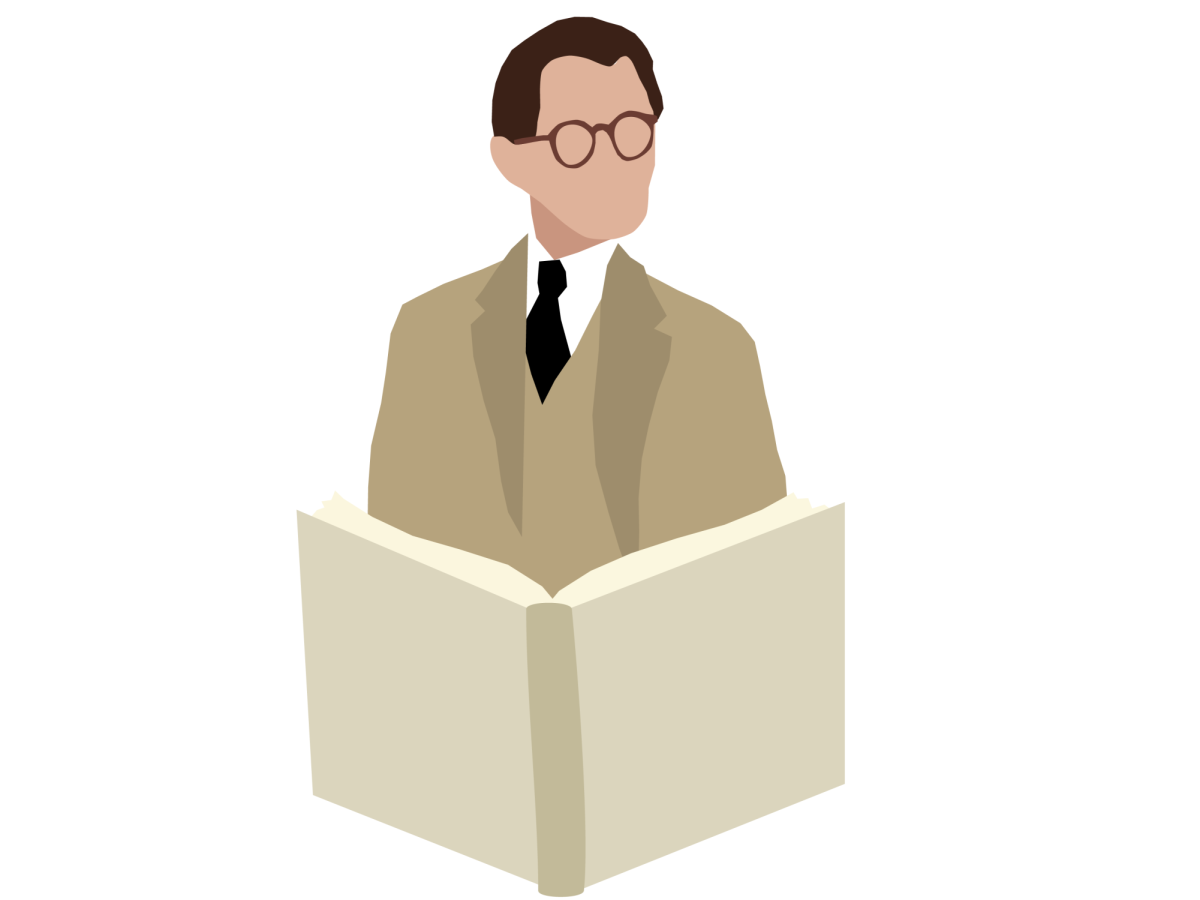By Amy Eisen, News Correspondent
Few novels are as iconic as F. Scott Fitzgerald’s 1925 “The Great Gatsby.” It is often thought of as the symbol of the roaring 20s, depicting the glamorously exuberant lifestyle of the elite. While Fitzgerald himself was a member of the wild excesses of the high society, he acknowledged the cruelty and hollowness of the wealthy, which was a major message in his writing. As with any classic novel, there have been many film adaptations, the most recent being Baz Luhrmann’s visually outstanding version, which opened May 10 .
Luhrmann’s adaptation received mixed reviews from critics, with many arguing it was crude and inappropriate, slow in pace and lacking the sophistication of Fitzgerald’s text. Many, however, appreciated it for its refreshing take on the novel and superior acting. But the true success of Luhrmann’s film seems to be the extent to which he captured the roar of the roaring 20s, the life of the jazz age. The 20s were a period of over-the-top, larger-than-life exuberance, although only for a minimal fraction of the population. The richness of color and texture described laboriously in Fitzgerald’s novel comes to life in the film, paired with glittering visual effects and a creative, yet historically inaccurate, soundtrack.
As a text, “The Great Gatsby” is an exceptionally hard one to adapt to film.
“It’s so well known,” said Northeastern English department lecturer Kim Freeman. “People have their own ideas of the novel. It’s an ambitious film to do. I’m neutral toward it, I felt the movie was so produced it turned the book into a cartoon. It was hard to connect with the characters.”
Northeastern English department Professor Samuel Bernstein, however, had a different opinion.
“I like the film very much,” he said. “I felt that [Luhrmann] not only captured the characters well and projected them in a powerful fashion, but also managed to use visual means to convey much about the era and the characters.”
The visual effects played a dominant role, adding a modern feel no other film adaptation had.
Freeman found the visual effects to be over-the-top, saying “It was very interesting visually, but the whole 3D extreme visually flattened out parts of the book. It’s like they didn’t trust the story to do it itself. It’s already there. The visuals were emphasized so much it detracted from the story.”
A big debate when adapting such a well-known novel is how closely to follow the story. Northeastern English Professor Carla Kaplan appreciated the way the story was handled.
“The film doesn’t aim to be accurate,” she said. “In some ways, it’s very different. It was a very specific and contemporary way of looking back on the 20s … The novel is more nuanced, showing that it was only roaring for a tiny percentage of the population … The film participates in romanticizing the 20s.”
Freeman agreed, saying “it highlighted the romantic aspects that made it less relatable.” An example would be the incomprehensible size of Gatsby’s mansion in comparison to the Buchanan house, which was already diminished by the ever-present “green light.”
Bernstein, however, felt that it was “a very powerful and unusual film by a filmmaker who is sensitive to the novel and open to the possibility of using cinematography in an imaginative way.”












